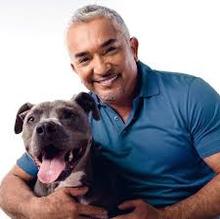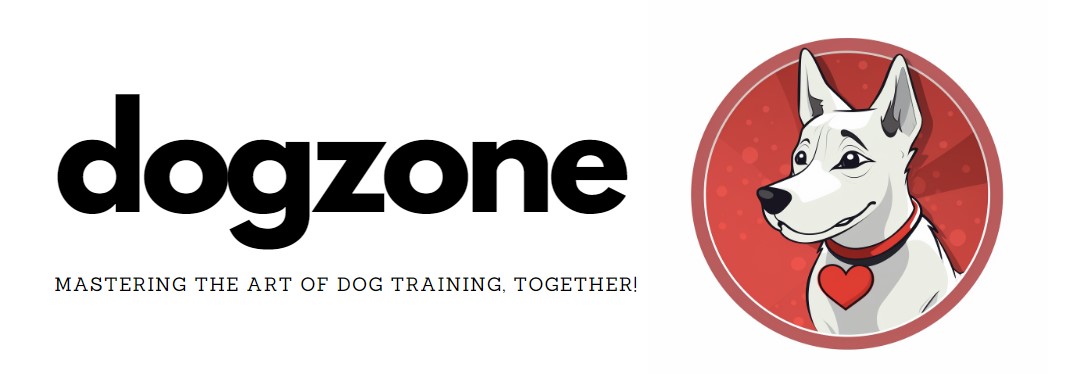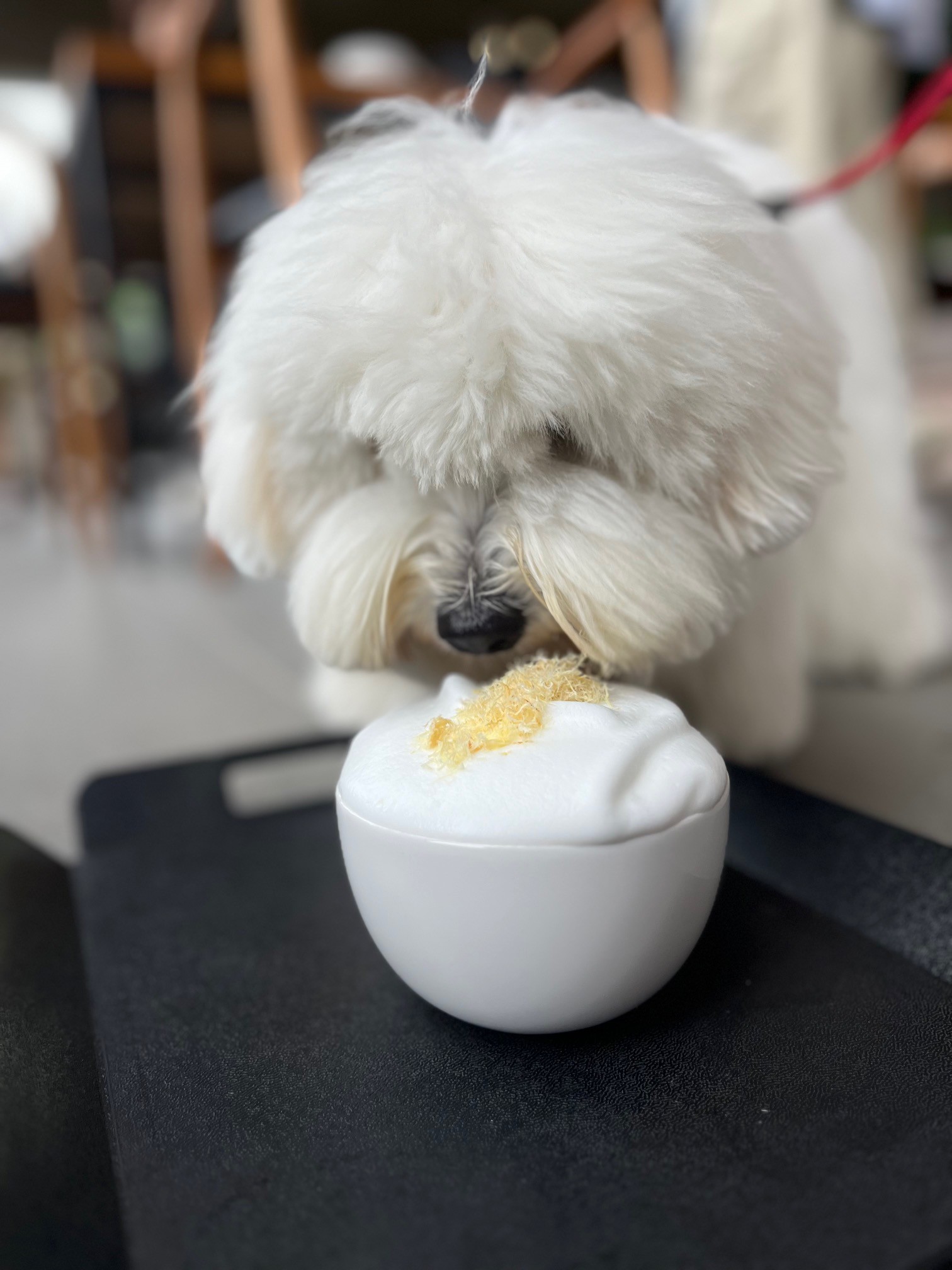Type “Puppy Separation Anxiety Solutions” into any search engine and you will find hundreds of articles claiming their training course and products can cure your dog of his separation anxiety; while these strategies may be somewhat effective, they typically do not target the root of the problem–that is your dog has a need that is not being met.
There are lots of products and strategies that can help soothe an already anxious pup, but the bottom line is these only treat the symptoms. A dog’s physical and emotional needs must be met before it can ever overcome separation anxiety.
We rely on the expertise of professional dog trainer Cesar Millan, as well as various case studies and veterinary manuals to find a practical solution to your canine’s separation woes.
Related: Pheromone sprays are a great way to easy anxiety in dogs.
Could My Dog Have Separation Anxiety?
The Merck Veterinary Manual states that “It is estimated that ~14% of dogs have separation anxiety, or an inability of the pet to find comfort when separated from family members.”
Distinguishing between separation anxiety and destructive behaviour in a young puppy can be difficult.
House-soiling and chewing happens with every untrained pup, as does whining for their litter mates before they adjust to their new home.
The difference in anxiety-induced and destructive behaviours is that anxiety-induced behaviours are triggered by being left by their owners, not by lack of understanding the house rules (although the symptoms can look very similar to the untrained eye.)
Separation Anxiety Symptoms
- Destructive behavior (particularly at exits or toward owner possessions)
- Distress vocalization
- House soiling
- Salivation
- Pacing
- Restlessness
- Inability to settle
- Anorexia
- Repetitive/compulsive behaviors
According to the Merck Veterinary Manual “The behaviors are exhibited when the dog is left alone and generally arise within the first 15–30 min after departure.”
A video-recording device can be very helpful in ruling out typical canine destructive behaviors and diagnosing the cause.
Several case studies have shown that there are certain factors that can predispose a dog to separation anxiety.
Dogs that are more likely to be affected:
- Shelter dogs
- Dogs who have lost an owner
- Young puppies
- Small dogs
Bottom line: Untrained dog behaviours can look very similar to separation anxiety, consider the context surrounding these behaviours. A webcam or other recording device can be a great diagnostic tool to help pinpoint the cause of the behaviour.
Fundamental Training: Building a Foundation
When you think of a dog’s needs what comes to your mind is probably the same as a human–food, water, shelter, and warmth. But if you had only those essentials you would be a pretty miserable person, right?
Dogs feel the same way.
You cannot expect a puppy to be content when left alone when his emotional and physical needs are not being met. Even the most independent and well-mannered dog is going to suffer extreme emotional distress if left alone in a crate for hours every day and is shown little to no affection from his pack leaders.
Long periods of confinement and lack of interaction will create separation anxiety in a perfectly balanced dog, and severely exacerbate problems in a dog with dysfunctional attachment issues (or a history of anxiety.)
We know what our pets need to survive, but we also need to fulfill those deeper needs, the ones that allow a dog to THRIVE.
Needs of a Well-adjusted Puppy
- Emotional Connection
- Human Interaction
- Exercise
- Mental Stimulation
A dog’s mental health has a profound effect on its physical well-being. Meeting your dog’s needs is vital and must take place before any training or rehabilitation can be successful.
Making sure your dog is in the right mental space before you leave is crucial to them being at ease while you are away.
How to Make Sure Your Dog is in the Proper Head space

How to Raise the Perfect Dog
“Dogs are not programmed to live by themselves. In nature, the constant presence of the pack is what shapes their identities.
The only time they have to learn to be alone is when they live among humans. We shouldn’t be surprised that they are distressed by it. But even though we are asking them to do something unnatural, we can’t feel bad about it or stress out about it, because this is the reality of how we live Today.”
— Cesar Millan
Behavioural Conditioning
How to Raise the Perfect Dog
“Our modern lives make it next to impossible that our dogs are with us 24/7. But there’s a reason dogs as a species have survived millions of years of evolution in just about every environment imaginable, in every corner of the globe. They are among the most adaptable mammals nature ever created.
A dog, and especially a puppy, can adjust to this new style of life with very little difficulty, if we help her to do it in stages, and if we stay calm and unemotional about it. That’s what we want to communicate to her—to relax.”
— Cesar Millan
Millan’s Method for Puppy Separation Anxiety
Desensitising Your Dog to Departure Cues
The Reunion
Bottom line: Keeping goodbyes and homecomings short and sweet will make your time away less emotionally-charged for your pup. Be consistent! Practising departure cues and being “away” without leaving the home will condition your dog to not have an anxious reaction when you actually leave.
Comforting Your Puppy While You Are Away
Audio Books
Music
Leave your Dog with your Scent
Make the Crate a Happy Place
Bottom Line: We have entire guide dedicated to crate training full of thoroughly researched safe practises and effective strategies.
Television – DogTV
Author’s note: My pitbull Jaina LOVED the DogTV channel. Any time I needed to get work done I would put on a stimulation video for her and it would keep her entertained for over an hour! I still watch old recordings of her absolutely TRANSFIXED by these videos. Very special memories indeed.
Bottom Line: While these suggestions will not cure your dog’s separation anxiety, they will help comfort him while you are away.
Treating the symptoms of Separation Anxiety
Acupressure Wraps
Calming Chews
Author’s Note: I have had success treating both myself and my dogs with CBD products. My sweet Jaina would go into a frenzy trying to escape (even tearing holes in the floor!) when we would go out. Giving her a treat with a couple drops of diluted CBD oil on it (and some interesting toys) helped her tremendously!
Essential Oils
Pheromone Sprays and Diffuses
Bottom Line: Calming products (such as wraps, pheromone products, and essential oils) can drastically reduce the symptoms of your dog’s anxiety symptoms. Talk to your vet about which of these is right for your dog.
Using Medication to Treat Puppy Separation Anxiety
Common Medications Used to Treat Canine Separation Anxiety
Why Medications are Not a Solution
Bottom Line: Putting your dog on medication should be a last resort. Never give your dogs medications that are intended for humans without the advice of a veterinarian. Weigh the pros and cons of these medications before you decided to go through with this course of treatment.
If All Else Fails…
Bottom Line: Don’t give up on your dog! Seek professional help from trainers and vets if you feel like the separation anxiety has gotten out of control.
Conclusion
Separation anxiety is a troubling disorder for both pets and their owners; thankfully, this disorder can usually be controlled or completely eliminated with the right amount of care, exercise, and affection. Patience and consistency is key to overcoming your dog’s fears.
Ask your vet about homeopathic remedies and medications before you administer them, and seek the counsel of professionals if you get to your wit’s end. Never give up on your dog, odds are a breakthrough is right around the corner.
Hugs!
Gina & Maisy x


Leave a Reply